An athlete's foot, or tinea pedis, is an infection of fungal origin that affects the feet. It is usually mild and rarely leads to complications. However, if left untreated, it may result in severe pain and problematic health conditions such as fungal nail infection, tinea manuum, and secondary bacterial infection.
The article reviews the four distinct types of athlete's foot, common signs and symptoms, common and rare complications, treatment options, and more.
Fungal infections of the feet are quite common. It is estimated that 15% to 25% of people develop athlete's foot at some point in their lives![]() . The fungus responsible for athletes' feet thrives in warm and moist environments, such as locker rooms, swimming pools, and communal shower areas, making athletes and people who visit these places more susceptible.
. The fungus responsible for athletes' feet thrives in warm and moist environments, such as locker rooms, swimming pools, and communal shower areas, making athletes and people who visit these places more susceptible.
Athlete's foot spreads easily through skin-to-skin contact and touching objects contaminated with the fungus. You may get it if you share footwear, clothing, or towels with infected people and if you walk barefoot on surfaces in public spaces, including swimming pools, locker rooms, and communal baths.
Symptoms of an athlete's foot depend on the type of infection that develops in the feet. The types include moccasin-type infection, toe web infection, ulcerative infection, and vesicular-type infection. Try comparing their distinctive symptoms with yours to learn which type you have.
Moccasin-type infection occurs when the fungus affects the feet' edges, heels, and bottoms. Its symptoms include itchiness, sore and dry feet, and thick and cracking skin on the feet.
Moccasin-type infection may spread to toenails, causing thick and crumbly nails. In rare cases, the nails may come out.
A toe web infection is the most often observed type of athlete's foot. Doctors sometimes call it interdigital infection, which develops only between fingers or toes.
A toe web infection usually appears on the skin between the fourth and fifth toe. Its symptoms include:
An ulcerative infection is an unusual course an athlete's foot may take. It occurs when open sores called ulcers appear between the toes. They make you more prone to get another bacterial infection.
Symptoms of ulcerative infection include:
Because this type of athlete's foot tends to be very painful and increases the risk of infections, it should be addressed by a healthcare professional as soon as possible.
A vesicular-type infection is a form of athlete's foot infection that typically develops on the bottom of the feet but may appear anywhere on the foot. Its telltale signs are vesicles, also known as blisters.
Blisters may appear as red and small structures developing on the surface of the foot's skin. They can be painful, itchy, and may burst, increasing the risk of bacterial infections.
Most athlete foot cases are caused by fungi from a group called dermatophytes![]() . In addition to athlete's foot, dermatophytes are linked to ringworm, jock's itch, and infections of hair, nail, and skin.
. In addition to athlete's foot, dermatophytes are linked to ringworm, jock's itch, and infections of hair, nail, and skin.
Not many people realize that these fungi are present on human skin. They typically do not pose any threat if the skin is well-kept, clean, and dry. The reproduction of dermatophytes generally is too slow to cause athlete's foot or other skin problems, so many people never learn about their existence.
The fungi may cause health problems if they start to multiply quickly. This can be triggered by specific conditions that allow the fungi to thrive. These usually include damp, moist, and warm conditions provided by old footwear or sweaty feet.
Several factors increase the risk of developing an athlete's foot. They include:

An athlete's foot may develop in one foot or both. It is usually associated with the following symptoms:
If your skin cracks, you may experience additional symptoms, including:
Because athlete's foot is an infection, it causes the immune system to focus its resources on the bacteria. As a result, the body is weaker than usual and at risk of developing other health conditions. Another secondary bacterial infection may occur, especially if an athlete's foot causes open sores in the skin.
An athlete's foot can also spread if you scratch the affected foot and touch other body parts. To prevent it, washing hands with soap and water after touching an affected foot is important.
Although an athlete's foot is usually mild and rarely leads to complications, it is best not to underestimate a problem and treat it as soon as possible. In some cases, an athlete's foot may result in additional health issues, so it is recommended to address it early.
The most probable complications that may occur include the following:
Infected lymph system: If the infection spreads to the lymph system, you may develop lymphangitis (an infection of the lymph vessels) or lymphadenitis (an infection of the lymph nodes).
Allergic reaction: Some people may develop allergies if they are sensitive to the fungus responsible for an athlete's foot. An allergic reaction may cause blistering on the hands and feet.
Secondary bacterial infection: A secondary infection![]() is an illness that develops after the first one. You may get it if your body's immune system is weakened due to the infection caused by athlete's foot. Symptoms of secondary bacterial infection can cause you to experience additional symptoms in your foot, such as hot sensation, pain, and swelling.
is an illness that develops after the first one. You may get it if your body's immune system is weakened due to the infection caused by athlete's foot. Symptoms of secondary bacterial infection can cause you to experience additional symptoms in your foot, such as hot sensation, pain, and swelling.
Fungal nail infection: You risk developing fungal nail infection if you don't receive treatment for athlete's foot. The infection may spread to your toenails, resulting in onychomycosis – a fungal infection that causes the following symptoms:
Cellulitis: Cellulitis is a bacterial infection that occurs deep in the skin. It affects fat, skin, and soft tissue. Even though it is a very rare complication of an athlete's foot, it should be treated as soon as possible with antibiotics. If left untreated, cellulitis may cause more health problems, such as bone infection, septicemia (blood poisoning by the bacteria), or sepsis, which may be triggered by septicemia.
Tinea manuum: Untreated athlete's foot may spread from toe to toe, potentially causing a rash on the bottom and sides of the feet. It may spread to the hands in rare cases, known as tinea manuum. Symptoms caused by this condition are similar to an athlete's foot.
An athlete's foot is often diagnosed based on the physical exam performed by a healthcare professional. Inspecting affected feet and evaluating visible symptoms usually provide enough information to confirm the diagnosis. Additional laboratory tests may be recommended in severe cases of athlete's foot and if there are reasons to believe other conditions may cause skin problems. KOH tests and fungal cultures are commonly used to rule out other possibilities.
KOH stands for potassium (K), oxygen (O), and hydrogen (H) – elements that form potassium hydroxide. In this test, the doctor takes a skin sample from a rash, blisters, or scales to determine the presence of various species of fungi. If the test is positive, fungi potentially causing athlete's foot (dermatophyte) are present in a patient's skin.
Fungal culture![]() is a more advanced test that can yield more detailed information about the fungi species in a patient's skin. This procedure sends a sample to a lab to grow fungus. It takes several days to complete but allows us to identify the species of fungus responsible for skin issues.
is a more advanced test that can yield more detailed information about the fungi species in a patient's skin. This procedure sends a sample to a lab to grow fungus. It takes several days to complete but allows us to identify the species of fungus responsible for skin issues.
There are several treatment options for athlete's foot. Depending on your case is severity, you may be recommended antifungal medications, over-the-counter medications, and home remedies. Improving foot hygiene and making lifestyle changes are also advised to recover from the infection faster.
Prescription antifungal medications are oral drugs doctors recommend in more severe athlete's foot cases or when over-the-counter medications do not improve a patient's condition. You must take These oral medications for 2-6 months to recover from the infection fully.
Over-the-counter topical antifungals are often the first line of defense against athlete's foot. These come in many forms, including gels, ointments, lotions, creams, sprays, and powders. Many people treat their athlete's foot with these medications only.
Improving foot hygiene is vital to prevent the infection from spreading from toe to toe and other body parts. This involves washing your feet at least twice daily, changing socks daily, and ensuring your feet get a lot of air.
Although home remedies for athlete's foot need more scientific evidence to recommend them as a treatment, some show more promise than others. The following home remedies are particularly worth a try:
An athlete's foot can be prevented by practicing proper foot hygiene and taking certain precautions. Here are some tips to help prevent this condition:
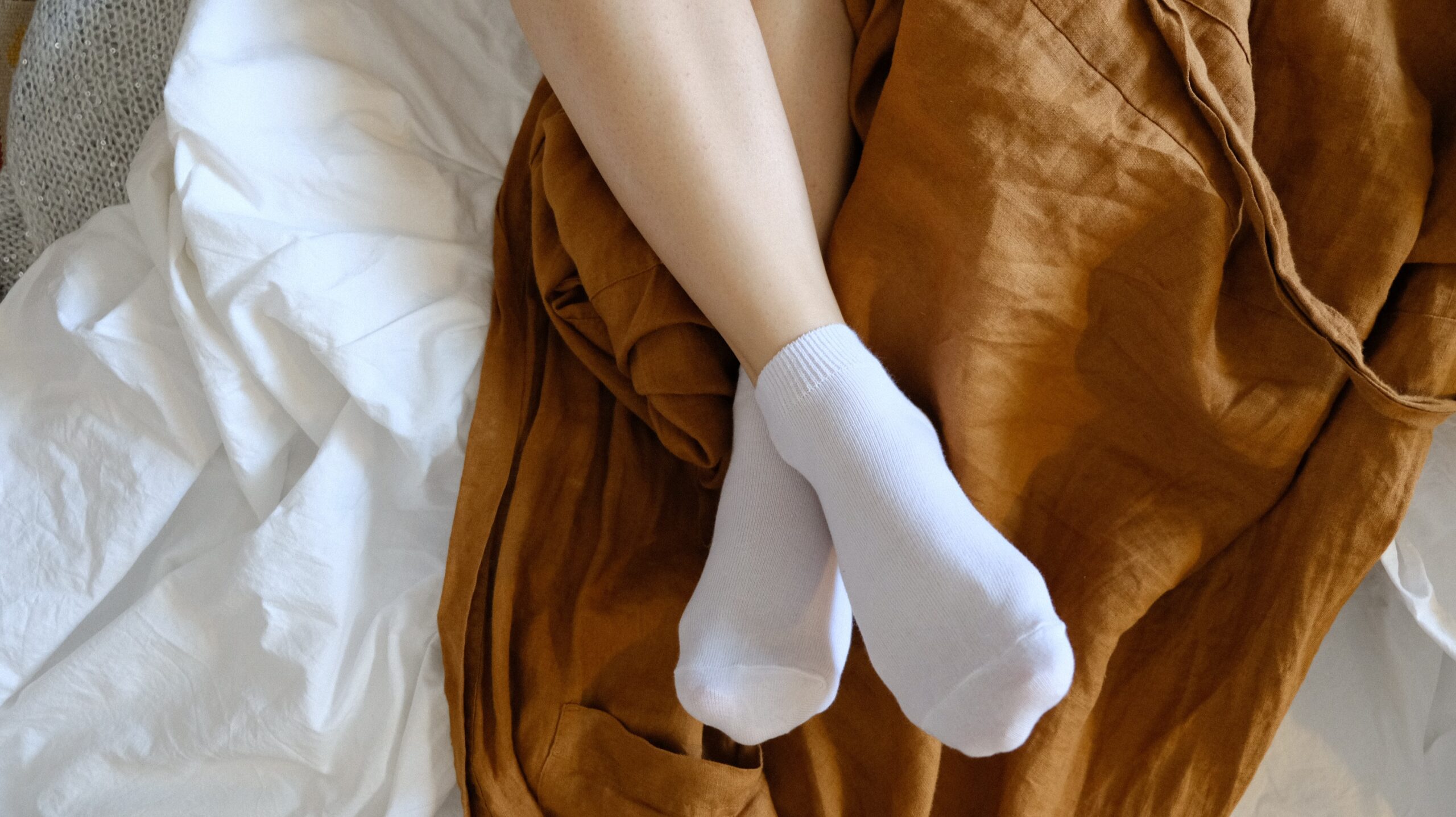
Athlete's foot, or tinea pedis, is a common fungal infection affecting the feet. It is typically mild but can lead to complications if left untreated. Approximately 15-25% of people experience athlete's foot at some point in their lives.
Dermatophytes responsible for athlete's foot thrive in warm, moist, and damp environments like locker rooms and swimming pools, making athletes and frequent visitors to public places more susceptible.
Athlete's foot is highly contagious, spreading through skin-to-skin contact and contact with contaminated objects. Its four types are moccasin-type, toe web, ulcerative, and vesicular-type infections, each with distinct symptoms.
Common symptoms of athlete's foot include burning sensations, dry or flaky skin, itching blisters, skin rash, and discoloration of toenails. Complications, while rare, can include infected lymph system, allergic reactions, secondary bacterial infections, fungal nail infections, cellulitis, and tinea manuum.
Diagnosis involves physical exam, with KOH tests and fungal cultures for severe and more complex cases. Treatment options include antifungal medications (oral or topical), over-the-counter remedies, lifestyle changes, and improving feet hygiene.
Prescription antifungals may be necessary for severe cases, while over-the-counter topical treatments are common for mild cases. Foot hygiene involves regular washing, changing socks daily, and providing your feet plenty of air. Some home remedies, like bitter orange oil, green tea soaks, vinegar soaks, and garlic applications, show promise but need further study to confirm their effectiveness.
Table of Contents
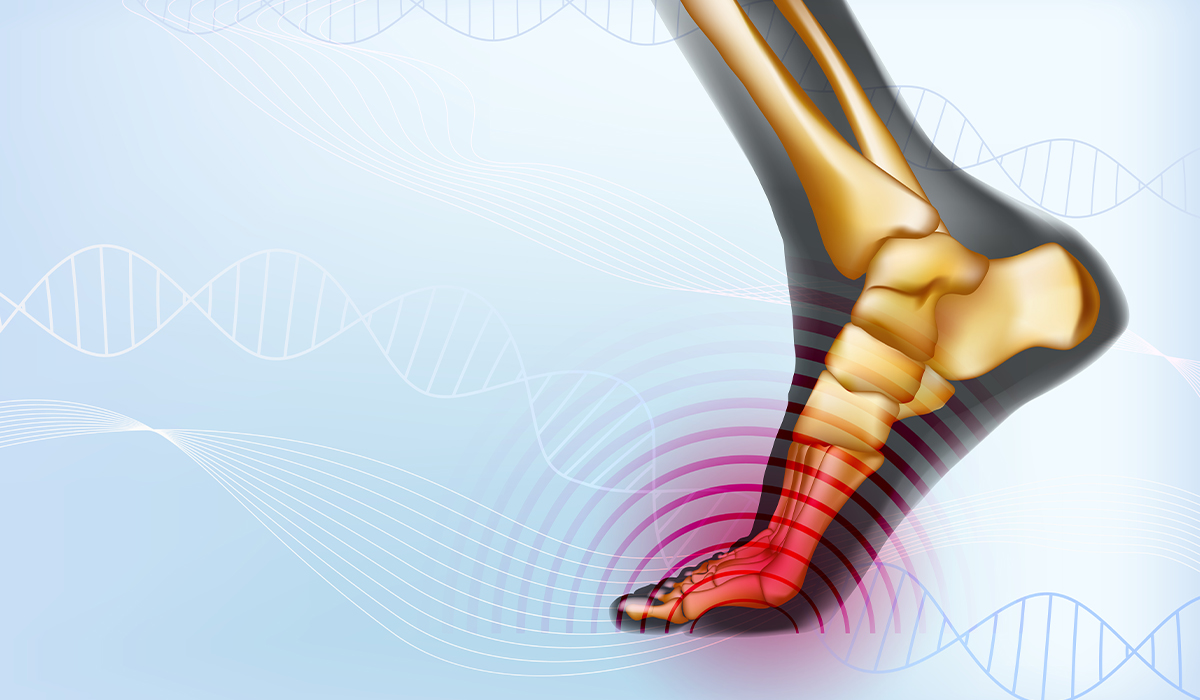
Turf toe is an injury of the main joint in the big toe. It usually occurs when a person bend… read more »

Even though the name suggests otherwise, ringworm is not a worm but an infection of fungal origin. A characteristic symptom… read more »
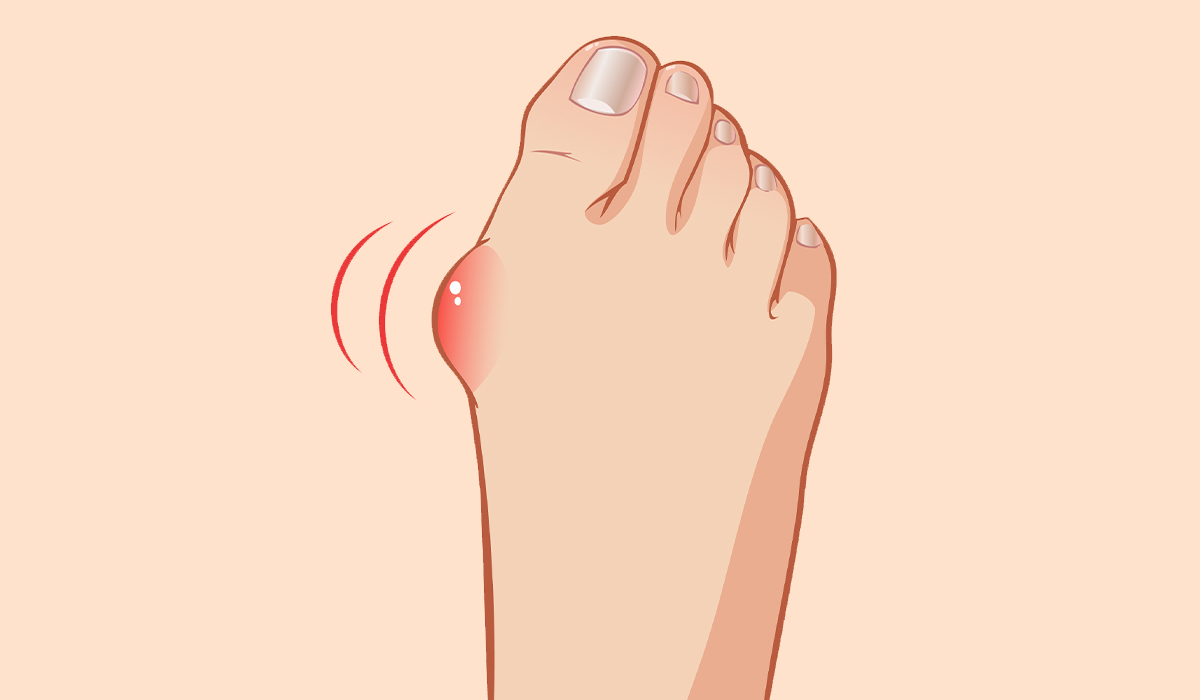
A bunion, which doctors name Hallux Valgus, is when there's a clear bump on the side root of your big… read more »

The main symptom of Morton's neuroma is pain in the foot. Find out what causes the discomfort. Learn about treatment… read more »
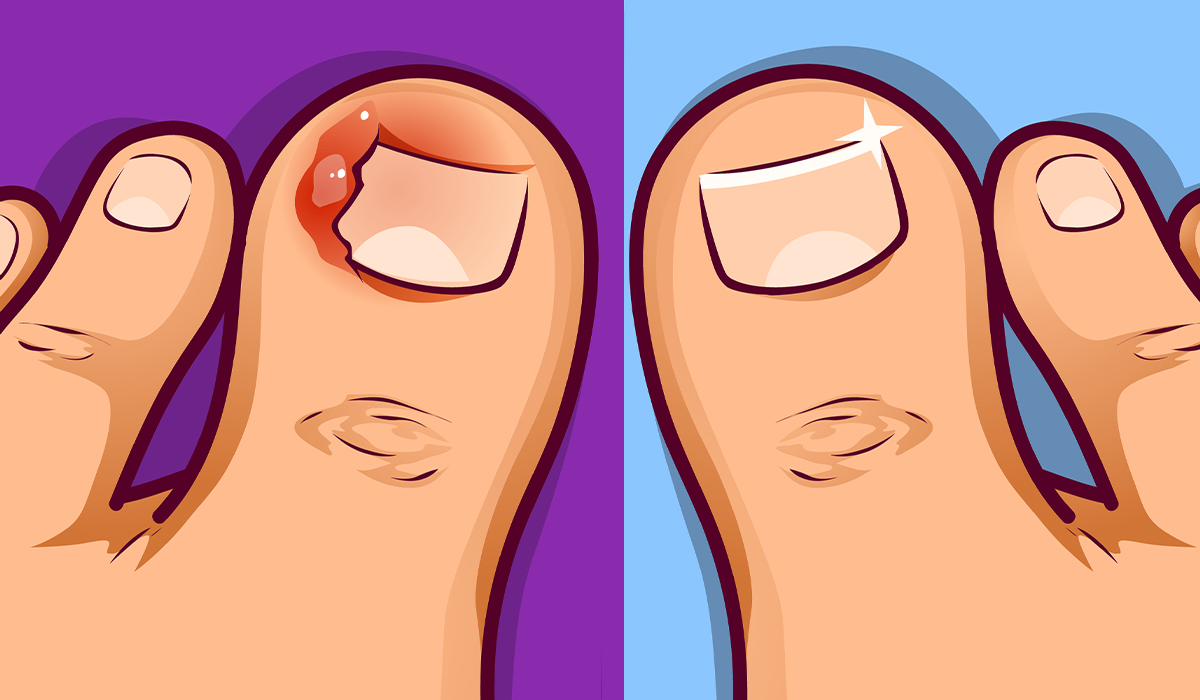
An ingrown toenail that develops into the skin, which specialists call onychocryptosis, happens when the edge or corner of the… read more »
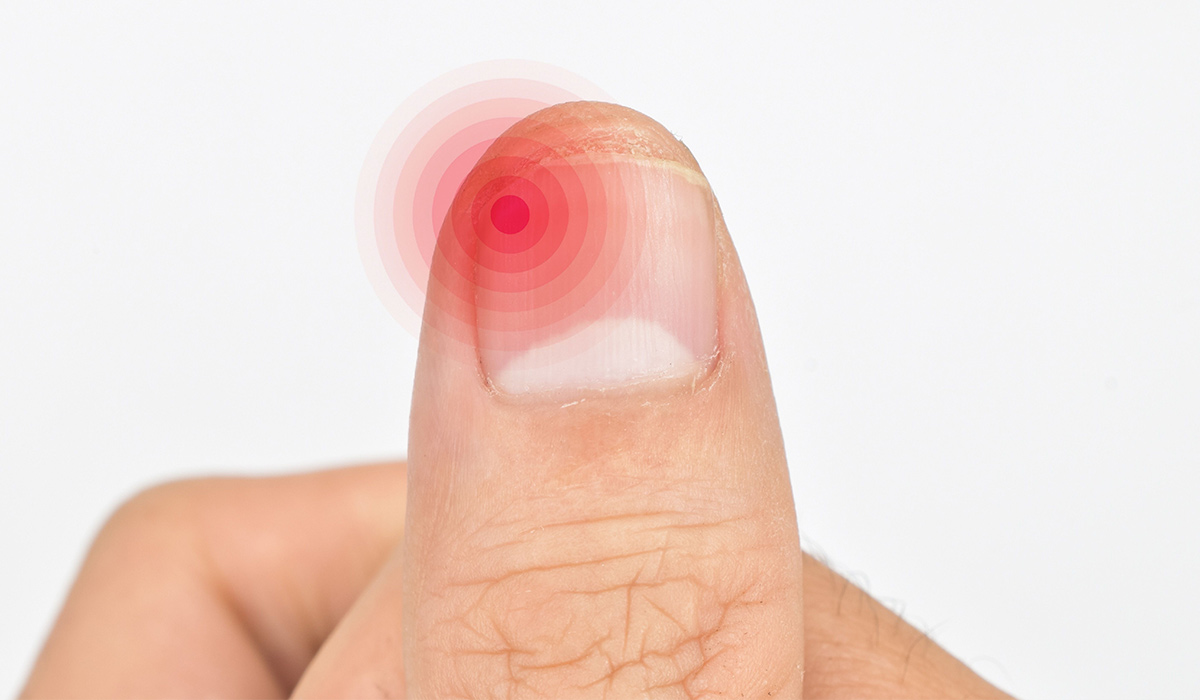
Paronychia is an inflammatory disease that develops in the nail fold of the hands or feet. What are the symptoms?… read more »

Flat feet, therapeutically called pes planus, happen when a person's foot curve falls or collapses. It causes the whole sole… read more »
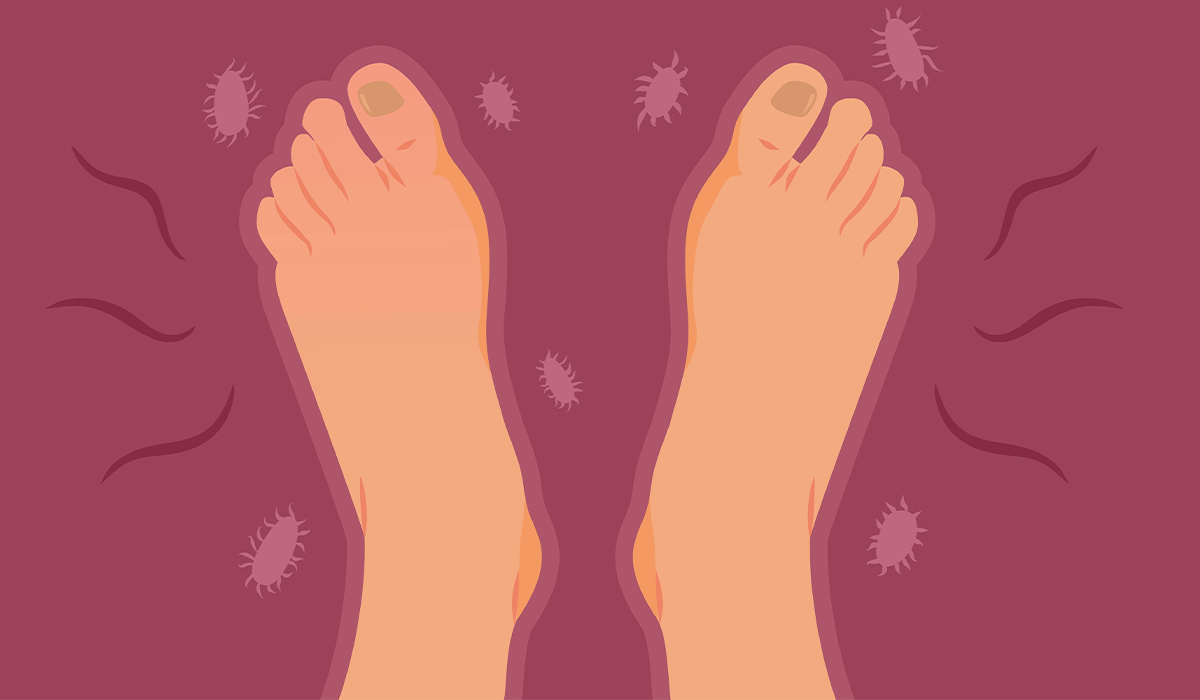
Toenail fungus, scientifically named Onychomycosis, is a common ailment that changes the appearance of toenails. Ordinarily, it turns typical and… read more »
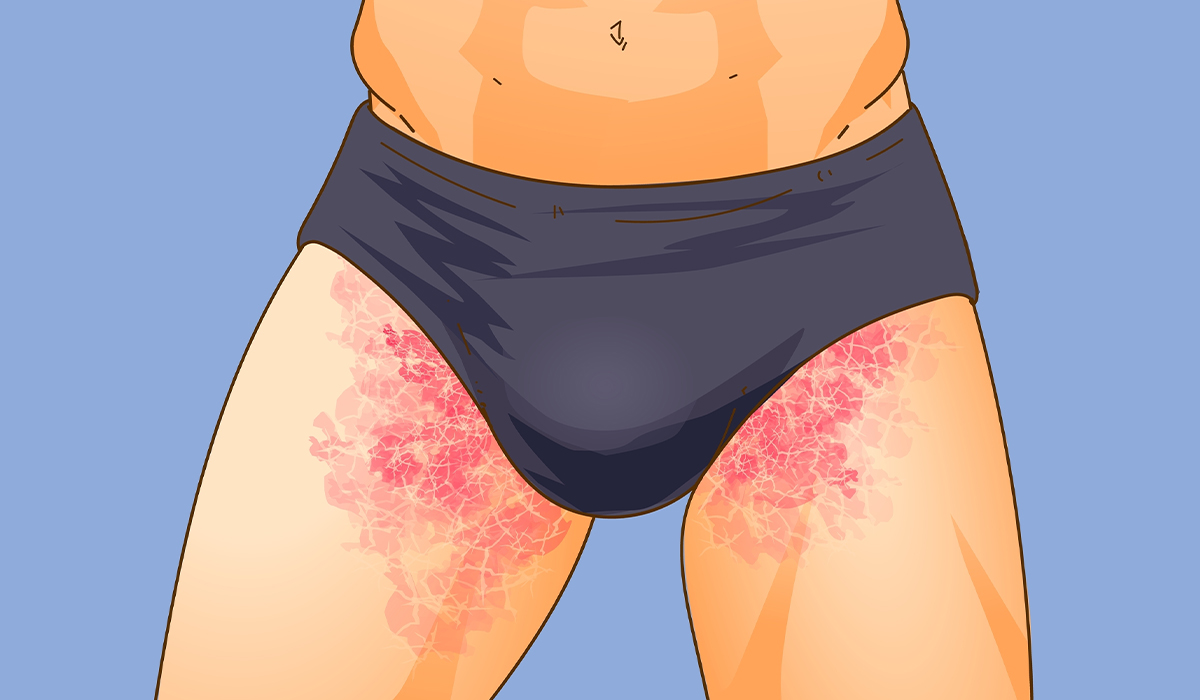
Jock itch, also tagged as tinea cruris in medical terms, emerges when a fungus attacks the skin around spots such… read more »